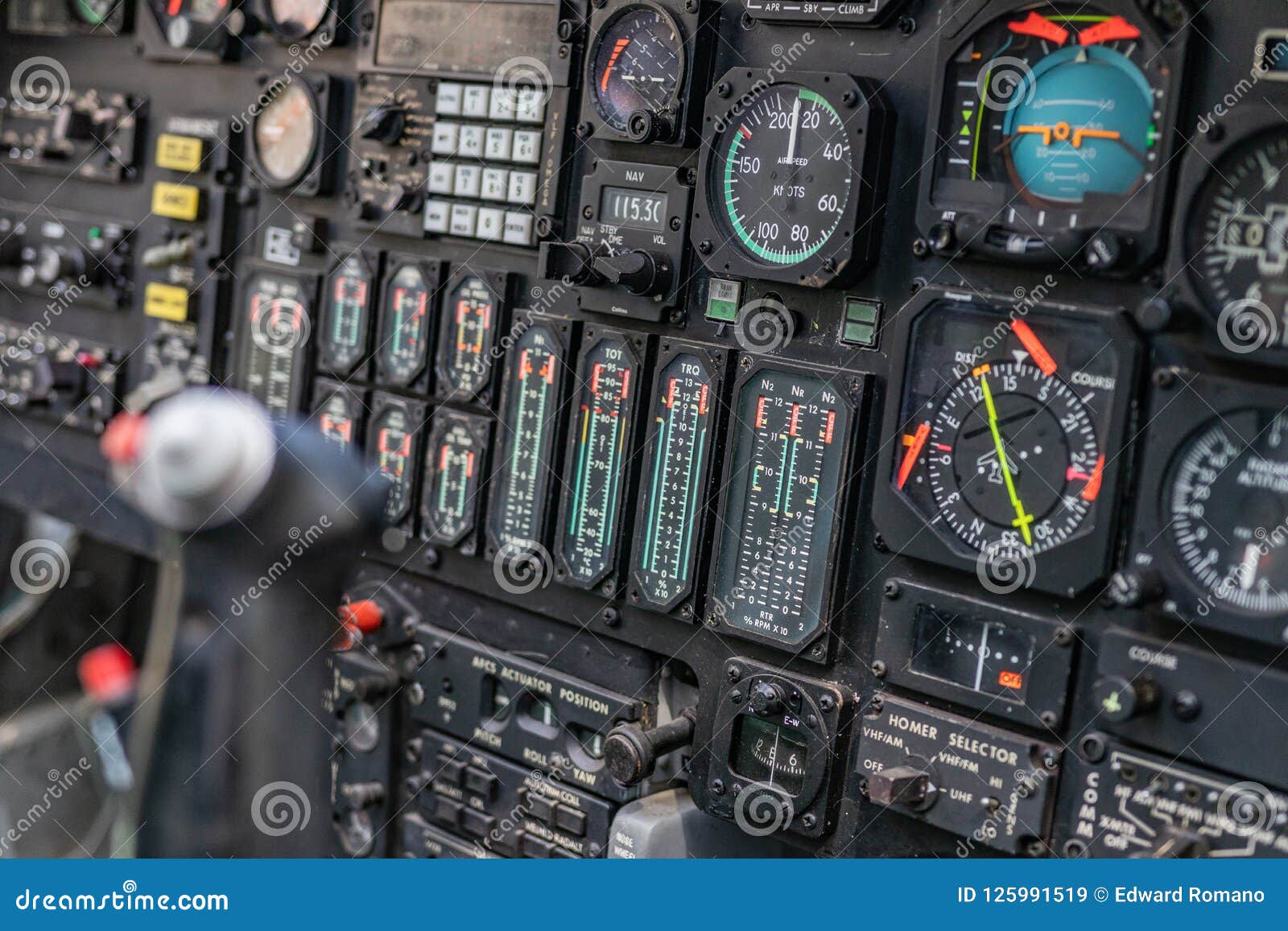

Jet turbine engines use different operating principles and have their own sets of controls and sensors. Some optional or more advanced configurations are described at the end of the article. This article describes controls used with a basic internal-combustion engine driving a propeller. To add to these difficulties, the thruster controller had been miswired for the first high-altitude flight, which nevertheless was flown successfully.Aircraft instrument panel with engine controls and indicators of a Cessna 182D SkylaneĪircraft engine controls provide a means for the pilot to control and monitor the operation of the aircraft's powerplant. It was not anticipated that the shut-down jet engine would continue to spin for some time in the very thin air, and would cause gyroscopic precession when the aircraft was rotated in pitch and yaw.

The rate of rotation around an axis was a function of how long the thruster had been activated, and continued after the control was centered, giving a very different feel than aerodynamic controls. Any and all command combinations were possible. Rotated in the desired roll direction, pushed left and right forĬorresponding yaw and raised to nose up for increased alpha or down to Shaped like a pump handle of a yard spray tank, the RCS controller was In the case of the NF104A (an F104 with a rocket motor added), control was through a separate 'stick' : Various near-space aircraft (X-15, NF104A.) were fitted with thrusters for attitude control at altitudes where aerodynamic controls are ineffective. Then there are helicopters: collective pitch, cyclic pitch, torque pedals, and throttle (this last often twist-grip). In 1909, Baron Pierre de Caters was using a foot-operated rudder bar, and the invention of the conventional stick-and-rudder arrangement is generally credited to Esnault-Pelterie and first used by Bleriot. There were undoubtedly other variants wherever experimental aircraft were built. This stick was placed between the seats, while an elevator lever was put to the left of the left seat and the right of the right seat - so if you switched seats, the handedness of the controls also switched (to be fair, that is also the case today with center-mounted throttles.) Wilbur found this difficult, blaming a crash in the Flyer III on it, and for the Model A they took to France he used two levers: the left hand controlled the elevator, while the right hand controlled wing-warping with a fore-and-aft motion, and the rudder with a lateral movement.įor a while, you could order a Model A with either 'Orville' or 'Wilbur' controls, though the 'Orville' system was modified to more resemble the 'Wilbur' system by creating a jointed lever, controlling the wing-warping by moving the whole assembly fore-and-aft, and rudder by moving the upper section laterally. The Flyer III had three levers: the lever on the pilot's outside right turned the rudder, the one to the inside right warped the wings, and the lever on the left controlled the elevator the first Model A was also so equipped. The Wrights themselves experimented with a variety of frankly scary control arrangements after their elevator-lever-and-hip-cradle arrangement in the original Flyer. This is far different than our modern throttle systems. Instead the throttle was controlled with a " blip switch" that grounded the magneto temporarily and cutting the engine out. This lever, operated by the pilot's left hand, was connected by aĮarly aircraft that sported a rotary engine, the style where the entire engine spins and the crank remains stationary generally had no effective throttle. Similarly the elevator had a dedicated independent control. Pilot controlled by sliding his hips from side to side. The Wrights steered their 1903 Flyer with a hip cradle, which the The wrights also used a hip cradle to move the wing warping system (early aileron system) as well as the cross connected rudder which I cant say exists any more. TheyĪlso changed the original double rudder to a single rudder, as shown They connected the rudder control cables to the wing-warping hipĬradle, so a single motion by the pilot operated both controls.

The early wright glider (1902) had its rudder connected to the wing warping system.


 0 kommentar(er)
0 kommentar(er)
